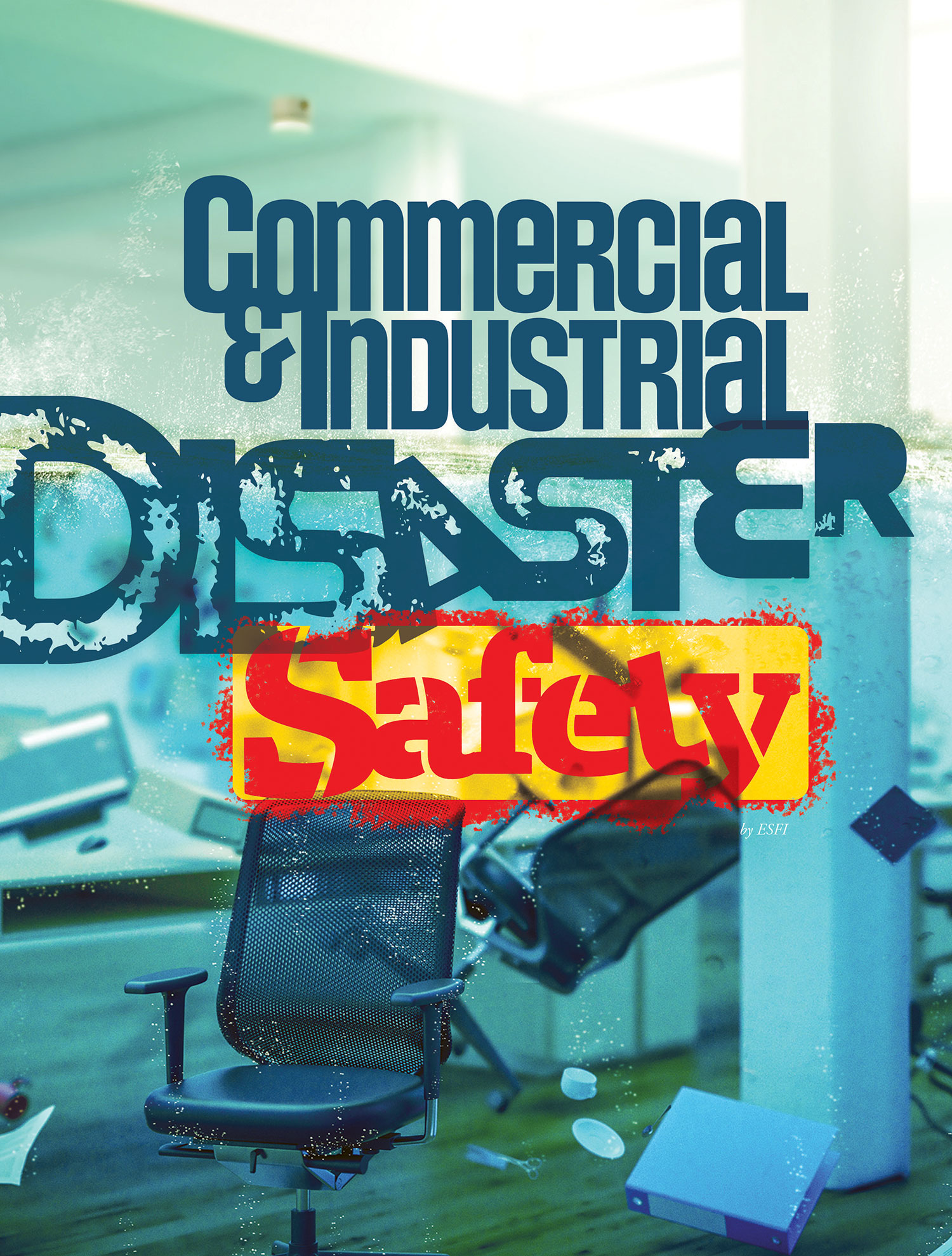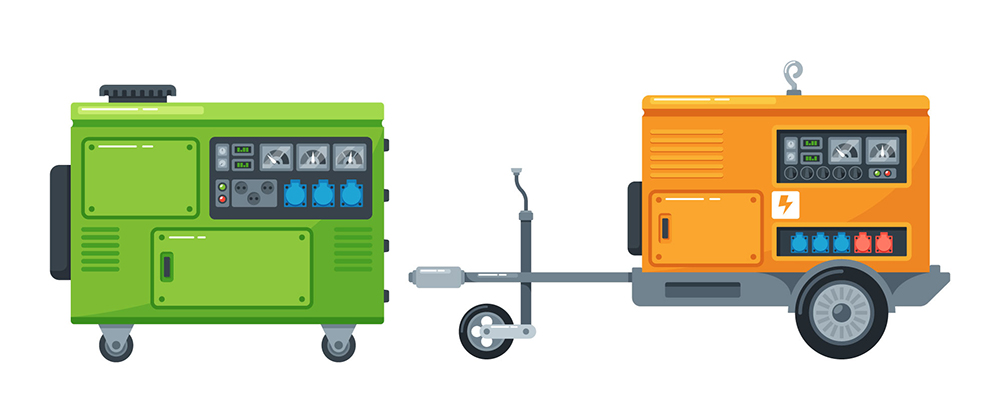Preparation and active recovery are the most important aspects to a business thriving after a natural disaster. And after the chaos passes, see use rebuilding as an opportunity to upgrade the electrical infrastructure with a more energy-efficient and sustainable approach.
While we can’t prevent natural disasters from impacting our communities, we can ensure our businesses are electrically safe before and after a storm. In the event of a natural disaster, it’s important for businesses to create emergency shutdown and start-up procedures for the electrical systems, equipment, and HVAC.
- Before the storm arrives, be sure to charge all phones and electronic communication systems.
- Once fully charged, disconnect all power to affected areas.
- To minimize flood damage, raise equipment and furniture above expected flood level heights, and relocate critical records, computers, and equipment to an alternate site, if possible.
- After the storm blows through and you begin to evaluate the aftermath, it’s important to avoid flooded areas.
- If any electrical equipment has been exposed to water, be sure to review ESFI’s guide to Water-Damaged Electrical Equipment to verify what can be reconditioned and what must be replaced.
- If you need to use a portable generator, use a listed and approved transfer switch and GFCI protection.
Businesses should also consider upgrading to alternative power sources such as micro-grids, energy storage systems, or other decentralized generations. This allows the power source to break off from the main grid and operate on its own using local energy when necessary in a storm.
Energy-efficient smart grids are a great way to upgrade electricity supply networks. By using digital communications technology, smart grids detect and react to changes in usage.
And one of the most basic preventative measures may be relocating main energy sources and major equipment to higher floors of a building to help defend against water damage.
Prepare Your Business and Recover From a Natural Disaster
While we can’t prevent natural disasters, we can ensure our businesses are electrically safe before and after the storm. Practicing electrical safety and being prepared can lead to a smooth recovery and an opportunity to renovate the electrical efficiency of your business.
In the event of a natural disaster:
- Create emergency shutdown and start-up procedures
- Turn off the power source
- Charge all electronic communication devices
- Unplug and elevate electronics
After the Storm:
- Avoid flooded areas
- Always use a GFCI and transfer switch with portable generators
- Have a qualified electrician inspect any submerged or water-damaged electrical equipment
Prepare for Future Storms:
- Microgrids can prevent long term power outages by providing localized generation and storage
- Smart grids provide smart distribution along with self-healing and autonomous restoration of power
- Having energy sources and major equipment on higher floors may prevent water damage during future storms
Water Damaged Electrical Equipment
Water and electricity do not mix. Follow this guide to quickly see what equipment must be replaced and which electronics may be reconditioned. Even if thoroughly dried, any water-damaged equipment will pose serious long-term safety and fire risk if not properly reconditioned.
ESFI recommends that the evaluation of water-damaged electrical equipment be conducted by qualified electricians. Floodwaters contaminated with chemicals, sewage, oil, and other debris can affect the integrity and performance of electrical equipment. Ocean water and salt spray can be particularly damaging due to the corrosive and conductive nature of the saltwater residue. Returning power to water-damaged electrical devices or equipment without a proper evaluation could result in an electrical fire, shock, electrocution, or further damage to your device.
Water damaged equipment that must be replaced:
- Arc-Fault and Ground-Fault Circuit Interrupters
- Batteries
- Lightning, ballasts, and LED Drivers
- Low and Medium Voltage Fuses
- Molded-Case Circuit Breakers
- Outlet and Junction Boxes
- Receptacles
- Signaling, Protection, and Communications Systems
- Surge Protective Devices
- Switches and Dimmers
- Transformers
- Uninterruptible Power Supply
- Wire or Cable (for the dry area)
Water damaged equipment that may be reconditioned:
- High Voltage AC Circuit Breakers
- Low and Medium Voltage Switchgear
- Low-Voltage Power Circuit Breakers
- Motors
- Panelboards
- Switchboards
- Wire or Cable (for wet areas that have not been damaged/ends not exposed)
ESFI has teamed with the National Electrical Manufacturers Association (www.nema.org) to provide a detailed explanation on what electrical components can be reconditioned and which need to be replaced.















Find Us on Socials